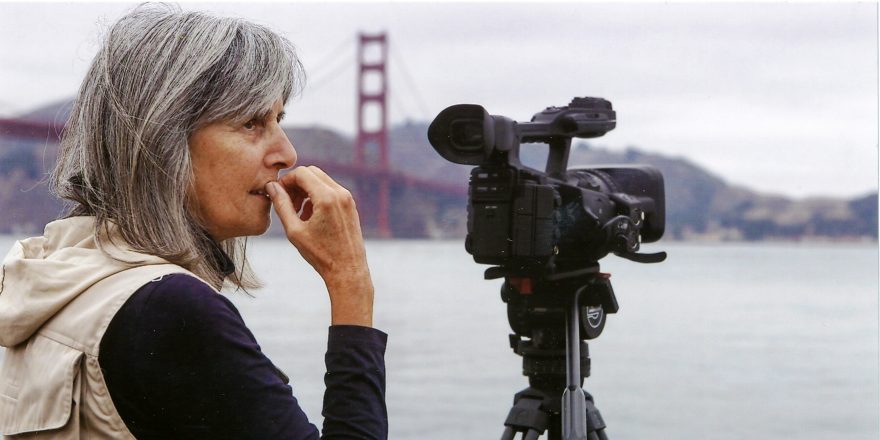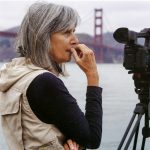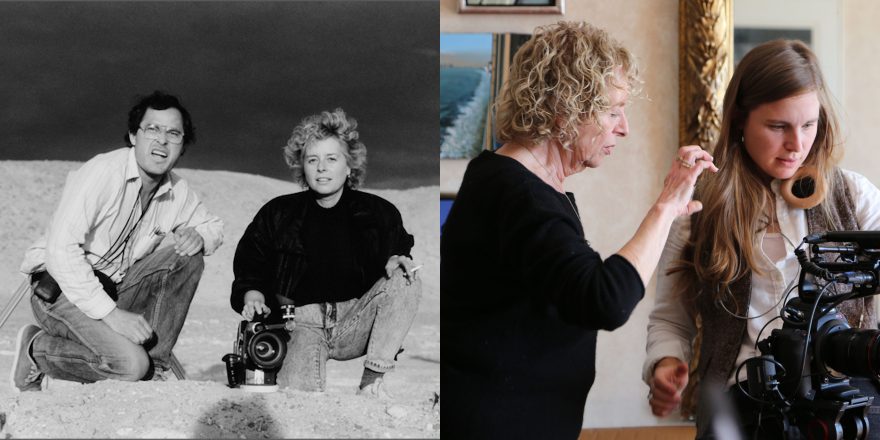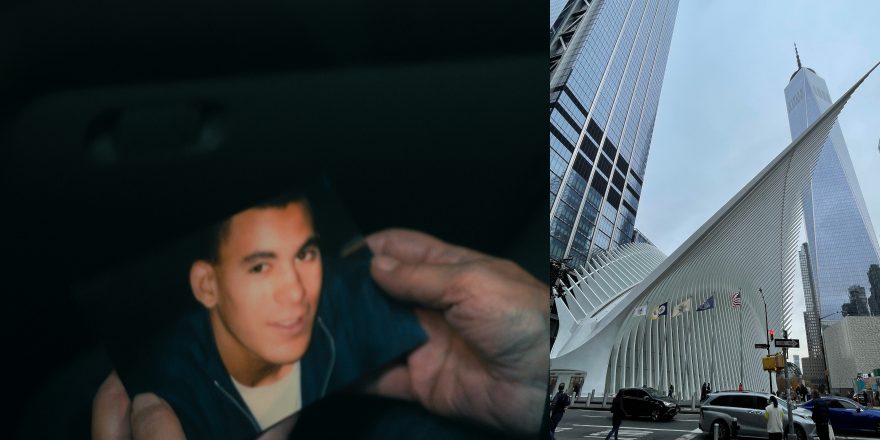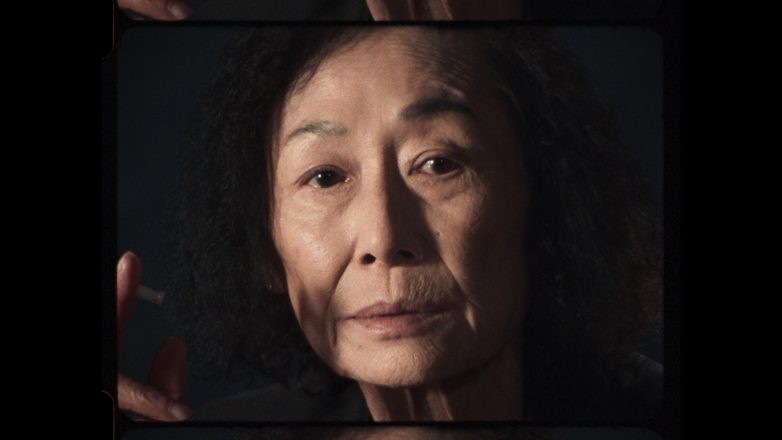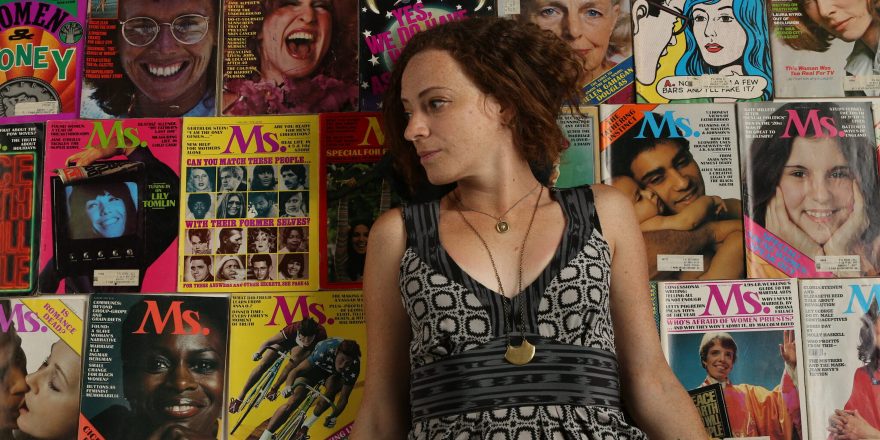My dad worked for NBC-TV in New York when I was growing up, and after I’d finished college and film school, he arranged for me to have an interview with one of the bosses. “What do you want to do? Write? Direct? Produce? Shoot?” I told him I wanted to do it all. His eyes glazed over and he ushered me politely out the door.
It was the early ’70s and I wanted to save the world. I went back up to Alaska, where I’d been living before film school, and made three movies that went nowhere, for the EPA, Sierra Club and Department of Health.
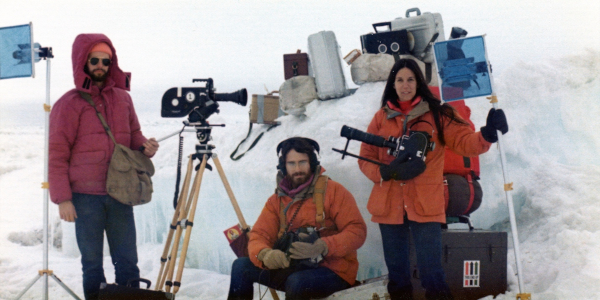
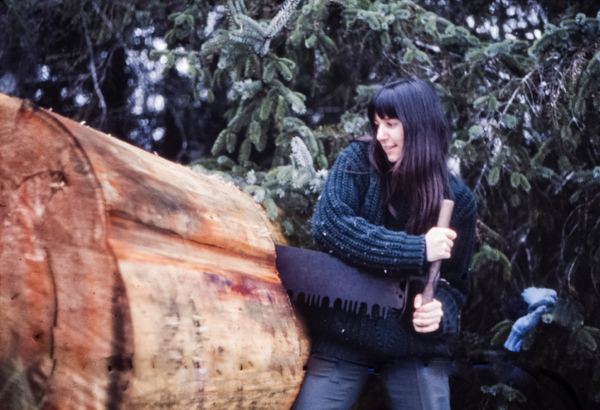
In 1974, Karen Silkwood, a plutonium worker in Oklahoma, was killed in a suspicious car crash on her way to talk to a New York Times reporter about radiation leaks at the plant. She and I were the same age (28), and I could relate to her need to make things right. When my partner and I started a documentary about Silkwood, a Los Angeles production company told us to bug off – they had the rights to her story. We made a short thriller anyway, and Hidden Voices, like the other films, stayed under the radar.
But through Karen Silkwood, I became obsessed with the nuclear issue, and after four-and-a-half years of filming, including interviews with survivors of the atomic bombings in Hiroshima and Nagasaki, my first feature documentary, Dark Circle, got some notice at the New York Film Festival and Sundance, only to be rejected by national public television for being “one-sided.” I was afraid that Dark Circle, too, would live most of its life on the shelf, but after a seven-year censorship battle with PBS, it was broadcast on P.O.V., a new national TV series created because of the network’s prior treatment of films with strong points of view.
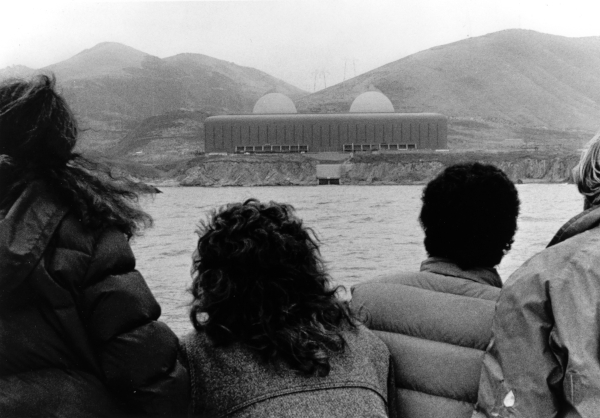
By now it was the late ’80s, and my partner and I were in need of something to dream about besides nuclear Armageddon. So we began a series of short environmental films about animals and plants and our Bay Area habitat. But the films started repeating themselves – Secrets of the Bay, Kids by the Bay, Treasures of the Greenbelt, yadda yadda. And the half-hour length felt forgettable. Watch it once on TV, done.
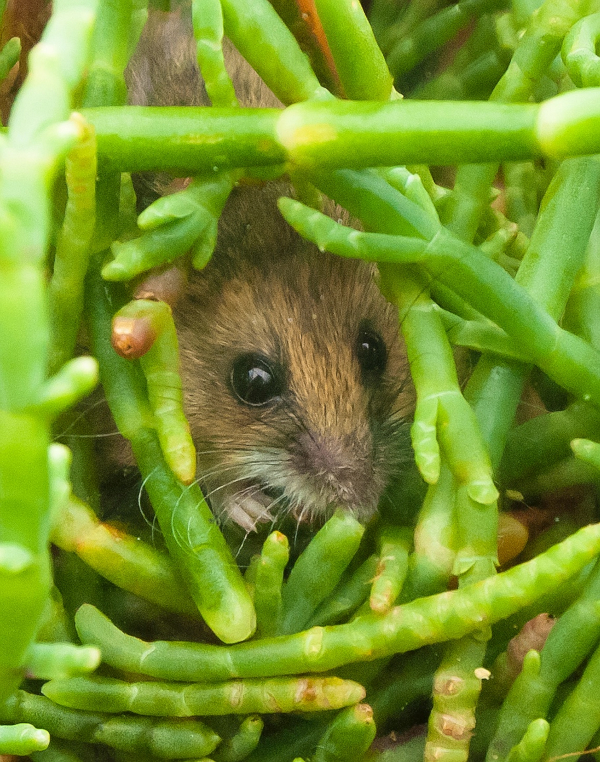
In the mid ’90s, I started chafing under how my partner and I worked together – me doing the fundraising and sound recording, him doing camera, and the two of us fighting in the editing room. I loved to shoot, too – I still wanted to do it all – but it was easier to acquiesce. So I gave myself a birthday present: a few rolls of 16 mm film. I could shoot and edit whatever I wanted.
Revisiting the birds I had loved as a kid before I got interested in boys, I made Heron Island, a short, silly movie about Great Blue Heron chicks in Golden Gate Park hassling their parents. That film has hardly ever been seen either, but unlike the others, it changed my life.
I’d heard about a guy who was feeding the wild parrots in San Francisco, and a friend of mine at the library where this guy had done a sold-out slideshow told me I should make a movie about him. But I didn’t act on that advice until a birder who saw Heron Island told me the same thing.
On September 15, 1998, I called Mark Bittner on the phone. Five years later, I had a new feature documentary I’d directed myself, The Wild Parrots of Telegraph Hill (which actually got seen), and a new partner: Mark. When I first met him, though, I thought Mark was an inarticulate hippy recluse and he thought I was an ecofeminist lesbian. My instinct was to make a short children’s fable, but when I rounded up some kids from the alternative elementary school, the parrots didn’t show up. When we tried again another day, the kids kept looking at the camera. The shoot was a disaster.
But I heard Mark telling the kids stories about the individual parrots – their love lives, jealousies, break-ups, fights – and I realized that he was a very good storyteller. If I could get some of that bird behavior on-screen, I could put his voice to the visuals. I set up my 16 mm camera, tripod and reel-to-reel tape recorder, turned them all on, did the clap slate … and shot 30 hours of film over several years. Not nearly as much footage as I shoot now with video, but film is expensive and I was on a shoestring.
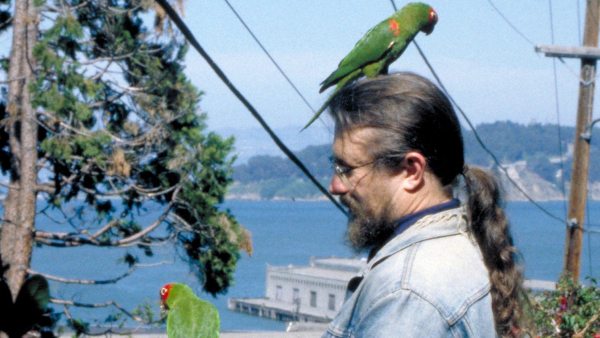
The Wild Parrots of Telegraph Hill should actually be called Eat Seeds, because that’s what the parrots were most interested in doing. But there was more going on than flock behavior. There was consciousness, and how it connects us to other species. And there was death – what it means to a bird and to a human. Topics I had no idea I’d be dealing with when I started the film.
The success of Wild Parrots encouraged me to make two more personal documentaries, also low-budget DIY projects: Pelican Dreams (do pelicans dream?) and Cold Refuge (why swim in cold water with predators who could kill you?).
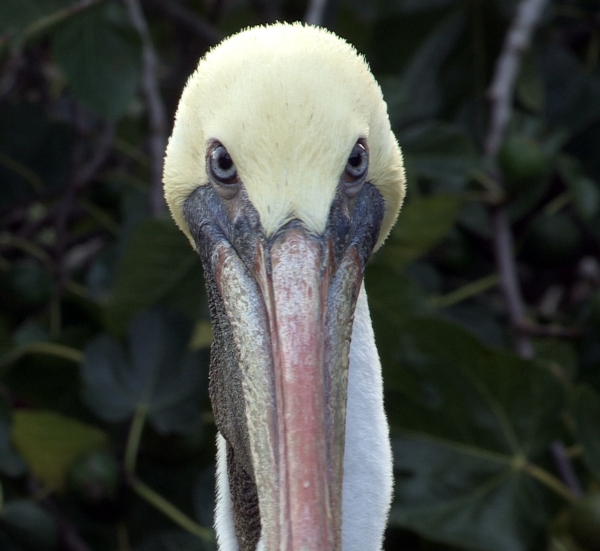
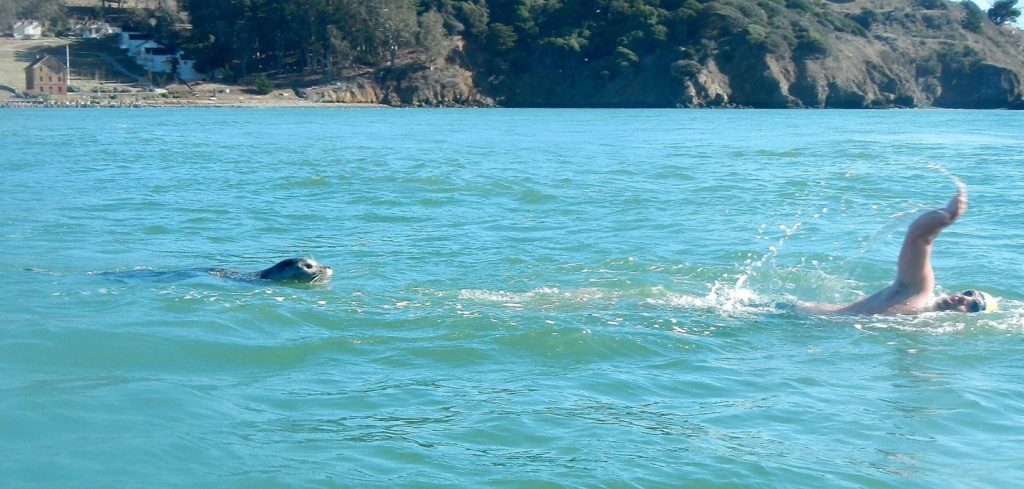
The basic production scenario on those films was the same as it’s always been: tiny crew, often just me. When I go out to shoot a place or a person or an animal, I think of it as a “rendezvous with destiny” – I do not control what will happen. The real world dictates what to shoot, how to shoot, whether I get to shoot at all. I like stories that keep unfolding in the present, not historical topics that have already closed their doors to time.
So, 1973 to 2023: I’ve been making movies for 50 years now. Five years ago, to keep Wild Parrots from disappearing from streaming platforms, because they were dropping standard definition movies, I started the long, endlessly boring but necessary process of “dust-busting” (digitally cleaning) 120,000 individual film frames that had been scanned in 4K from the 16mm original negative. Again, no money, but lots of time. I had help from people who were far more tech savvy than I am, and now, 20 years after the film first came out, the wild parrots are flying to theaters again, now in brand-new ultra-high-definition plumage.


